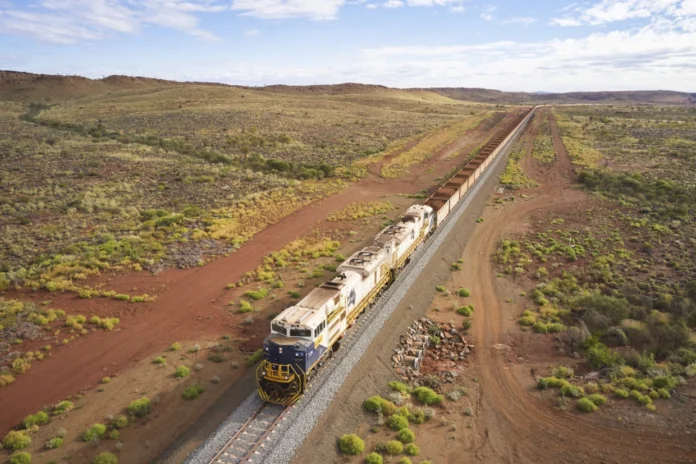Summary:
Multiple projects have started to study the idea of using gravity to power electric vehicles with the notion that the electric batteries can generate electricity rather than just storing and using it. Regenerative braking, where the vehicle’s motor slows it down to restore the battery, is how gravity comes into play. Heavily loaded electric vehicles can make enough energy while going downhill to not only power themselves back upwards, but even have electricity leftover to store in its batteries (especially once cargo is dropped off).
A 65-ton electric dump truck is one example of this put to use. It generates enough electricity hauling downhill to power itself back uphill making it rarely ever need to charge. It’s priced at nearly double the amount of a diesel dump truck but saves up to 22,000 gallons of diesel a year.
An Australian mining company is on their way to use this technology with trains that transport iron ore. These trains can be used on their routes with significant downhill travel that will leave the company with extra electricity from trips to use elsewhere in the company.
Another company is using gravity with electric truck hydropower. Here, empty electric trucks travel uphill to collect containers filled with water and then take those back down to generate electricity. This is much less expensive than the alternatives, like hydropower plants, providing a quicker turnaround on savings. This doesn’t mean the system is perfect as drivers wages depend on the price of electricity, but it has more than just monetary benefits over hydropower plants with things like storage, environmental impacts, and social impacts being improved.
Analysis:
This article shows how electric vehicles are not only expanding on the types of vehicles being made electric but also how that electricity is created. If even the first of these vehicles listed here are able to generate enough electricity for storage after trips are complete, refinement of this technology as we keep moving forward could eliminate the need for charging stations for these delivery vehicles or even add power to the stations for others. If this was eventually implemented in personal vehicles, we could see users applying it to help power their own homes and activities like with the Australian trains.
Source:
Publisher: NBC News
Author: Tom Metcalife
Date: May 23, 2022




